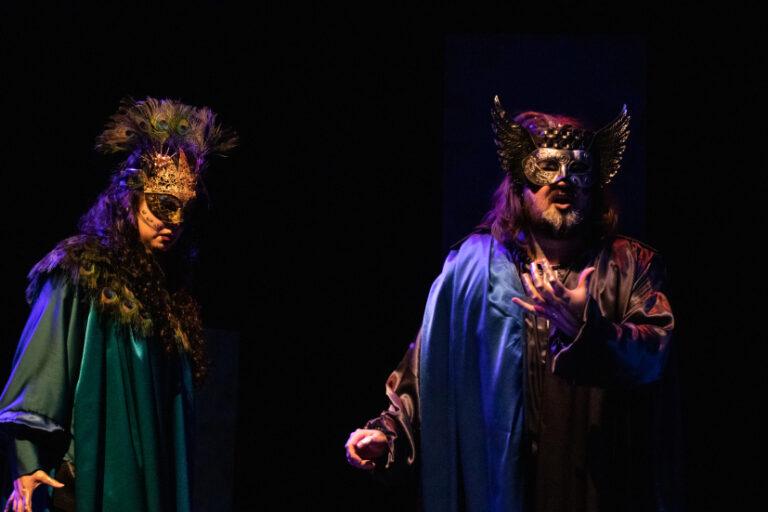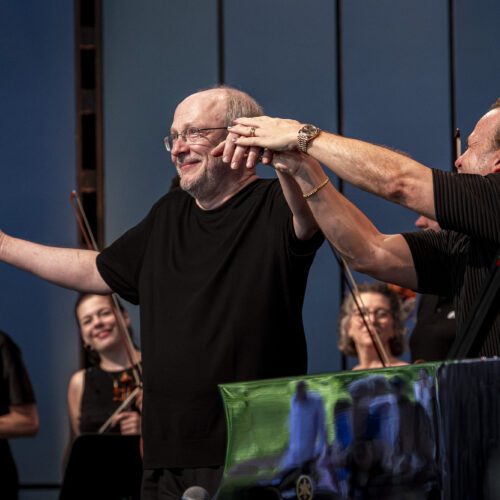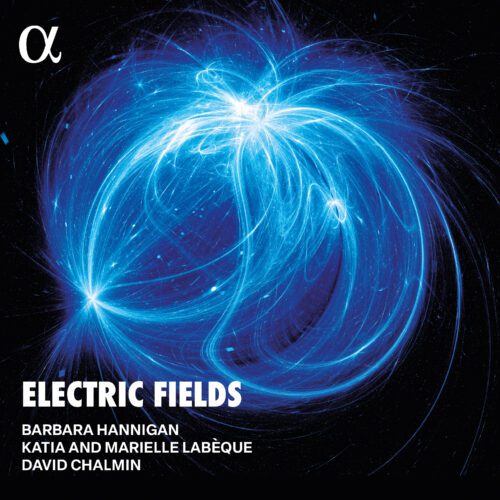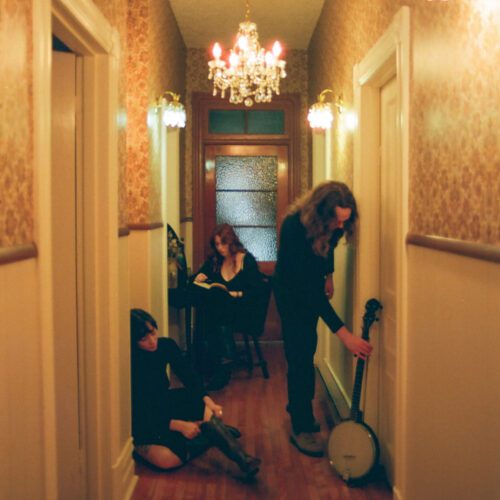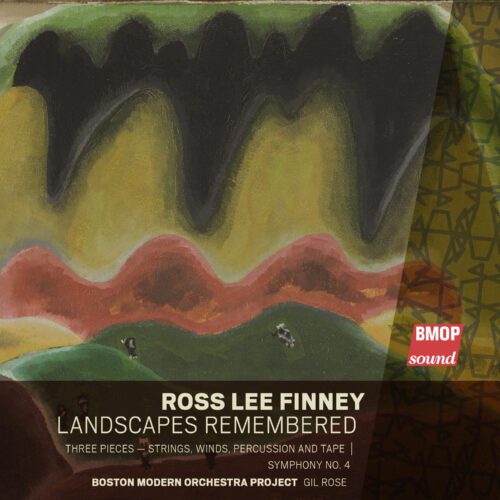Opera McGill, after presenting Cinderella earlier this year, tackles a great work of the Baroque repertoire this weekend: Handel’s Semele. The McGill Baroque Orchestra and Cappella Antica join the cast for an evening of mythological mystery.
The opera’s instrumental overture is quite long, giving the orchestra ample time to shine. Under the direction of Dorian Bandy, the orchestra seems solid and powerful. The nuances are judiciously executed, and there’s a sense of movement in the music. The audience is immediately transported to a world populated by the gods of Roman mythology. Indeed, the opera tells the story of Semele, who has doubts about her future union with Athamas. Before the nuptial ceremony can be completed, Semele is kidnapped and taken to the palace of Jupiter, king of the gods. There, her only regret is that she is not immortal.
The staging is simple, almost minimalist, but effective nonetheless. Changes in lighting colour signal changes of location. That said, the sets (rotating triangular columns) don’t allow much interaction between the performers and the scenery. Movements are therefore limited and sometimes seem repetitive. It is understandable that the Pollack Hall, in which the opera is presented, is relatively small and imposes limits on the space available for imagining sets. The costumes, especially those of the gods, are magnificent. It is clear that there was a concern to evoke both the mortal and immortal forms of these characters.
The vocal qualities of the singers are remarkable. There are some touching, moving arias, particularly those of Sémélé and Jupiter (sung on Saturday evening by Marissa Lake and Pétur Úlfarsson, respectively). All the performers deliver convincing, solid performances. The chorus, too, is outstanding, with their performance of great unity. The balance of voices is excellent and much appreciated. Some choreography is integrated into the choral numbers, though discreetly, adding a welcome dynamism to the work. The diction is impeccable, and the lyrics are clearly discernible, with both English and French projected above the stage, as is customary.
Generally speaking, the balance between the performers on stage and the orchestra is adequate, but not without flaws. There are a few inaccuracy problems on the orchestral side, as well as moments when singers and instrumentalists seem to lose their way and are no longer together, particularly in the more dense passages. Mounting Semele was an ambitious choice, since it is a complex work, both instrumentally and vocally. We admire the ability of these students to rise to the challenge, generally very well, but this is not without its drawbacks.
The successes of this interpretation of Semele are not, however, overshadowed by certain minor negative elements. Once again, we salute the great talent of McGill University students and their ability to rise to ambitious challenges again and again.
To find out more about the Schulich School of Music program, click HERE!
Photo credit: Stephanie Sedlbauer
